Aloe vera: A hot market for a cool product
A truly shining bitter substance
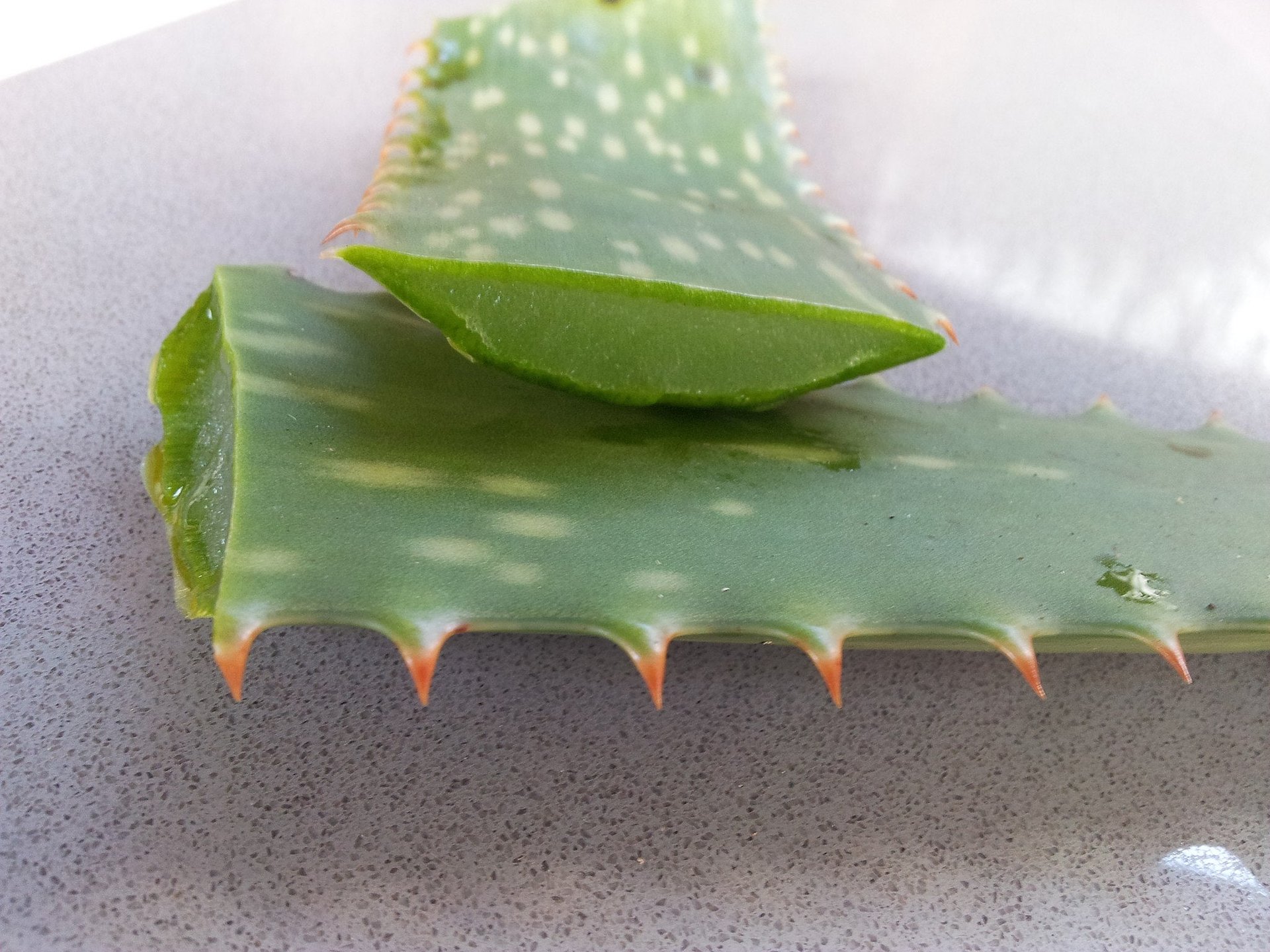
A truly shining bitter substance
Suggested Reading
Eat it, drink it, or apply it directly onto your skin: the gel secreted from the aloe vera leaves has multiple uses and, anecdotally, multiple benefits. Aloe vera is one of more than 500 types of the succulent plants present in dozens of countries across the world, largely around the Northern Tropic in environments that are rocky and dry. Its origins are hard to track down with accuracy, but most researchers believe it originated on the Arabian peninsula. Its name derives from the Arabic word “alloeh,” meaning “shining, bitter substance” and “vera,” a Latin word meaning “true.”
Those who spot aloe vera in the wild could simply grab one of its leaves, slice it, and apply the gel directly onto whichever sunburnt part of their body needs relief—as this badly sunburned writer was advised to do by locals of a Sicilian island.
But in the past few decades, a sprawling industry has invested in the art to extract the precious gooey substance and repurpose it for sectors including the cosmetics, pharmaceutical, and even food and drink industries. What makes the plant so marketable?
By the digits
More than 500: Types of aloe species, some of which have similar properties to aloe vera.
1.5 million: Aloe vera leaves harvested each week globally
20: Number of leaves needed to create 1 gallon of aloe vera juice
7.6%: Estimated compound annual growth of the aloe vera market between 2018-2025
$1.8 billion: Estimated size of the aloe vera market in 2021
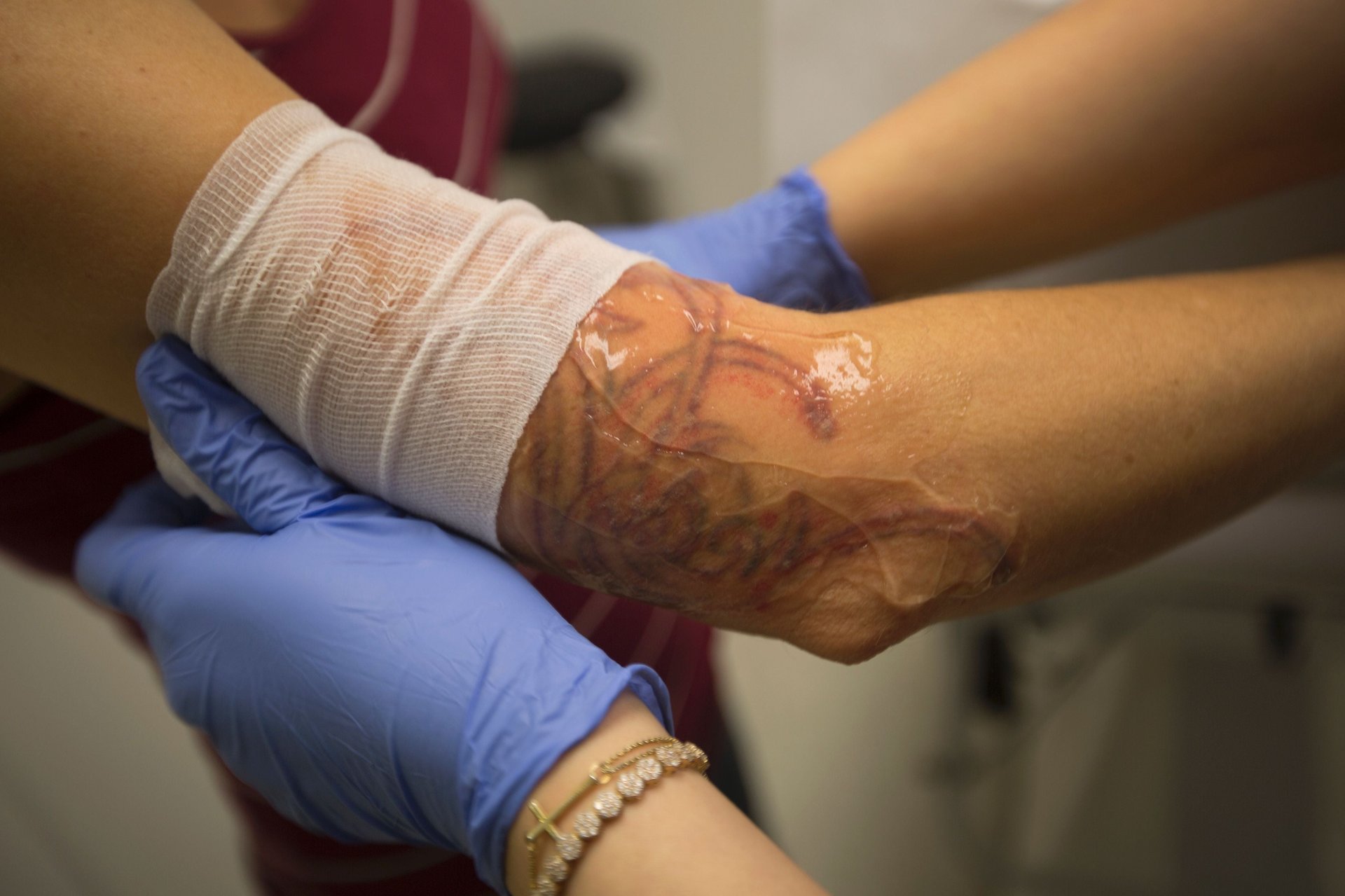
Goody goo
Even though there’s little scientific evidence, anecdotal experience built up aloe vera’s reputation as a plant with numerous health benefits. Its anti-inflammatory properties may help soothe wounds, burns, and mouth ulcers, as well as treat constipation. Its ability to absorb and store water may even hold secrets humans will need as they adapt to rising global temperatures. As interest in organic and bio-based relief has increased, so has the focus on aloe vera.
The industrial process of extracting the gooey juice from the leaf still requires precision cutting, and the most renowned manufacturers still employ people instead of machines to ensure the leaf is sliced to perfection. The right cut must separate plant from gel, rather than mixing the two together.
Aloe vera juice bottled to be sold on the market is often mixed with ascorbic acid to extend its shelf life. But as a Bloomberg investigation revealed in 2016, some products with Aloe barbadensis plant at the top of their ingredients list and sold by major US retailers such as Target, Walmart, and CVS contained no aloe vera gel at all.
Watch this!
Dissecting aloe vera
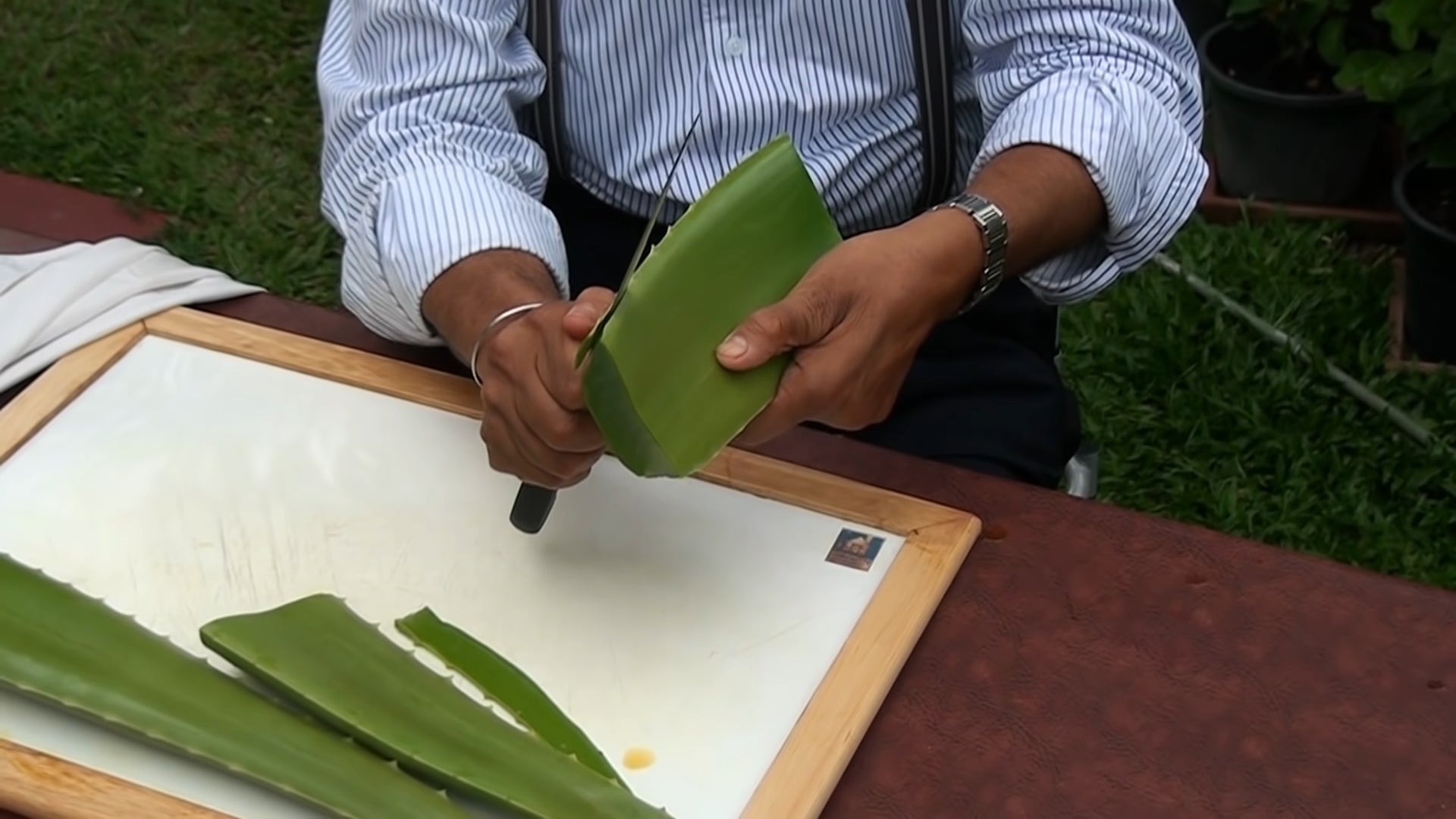
If you can’t trust what’s sold in a bottle, you can always get your own aloe vera plant or leaf and extract the gel yourself. Getting goo out of a plant leaf is simple, but requires a certain precision and dexterity, as this video shows. First, let the yellow liquid flow out of the plant—in some people, it can have an unwelcome laxative effect. Cut about four inches off the top end, where most of the liquid is stored. Now you can slice the sides of the plant, and then vertically along its naturally occurring lines, to end up with a number of aloe vera sandwiches of gluey goodness. Slice the leafy bits off, and store the gel in a jar so it can be used in various concoctions later—or go ahead and rub a bit on your skin right away, or even taste it, but beware—it wasn’t called “shining bitter substance” for nothing.
Quotable
“How do I turn this into something I put on my face?”
—Singer Lizzo, in a recent TikTok video experimenting with aloe vera gel
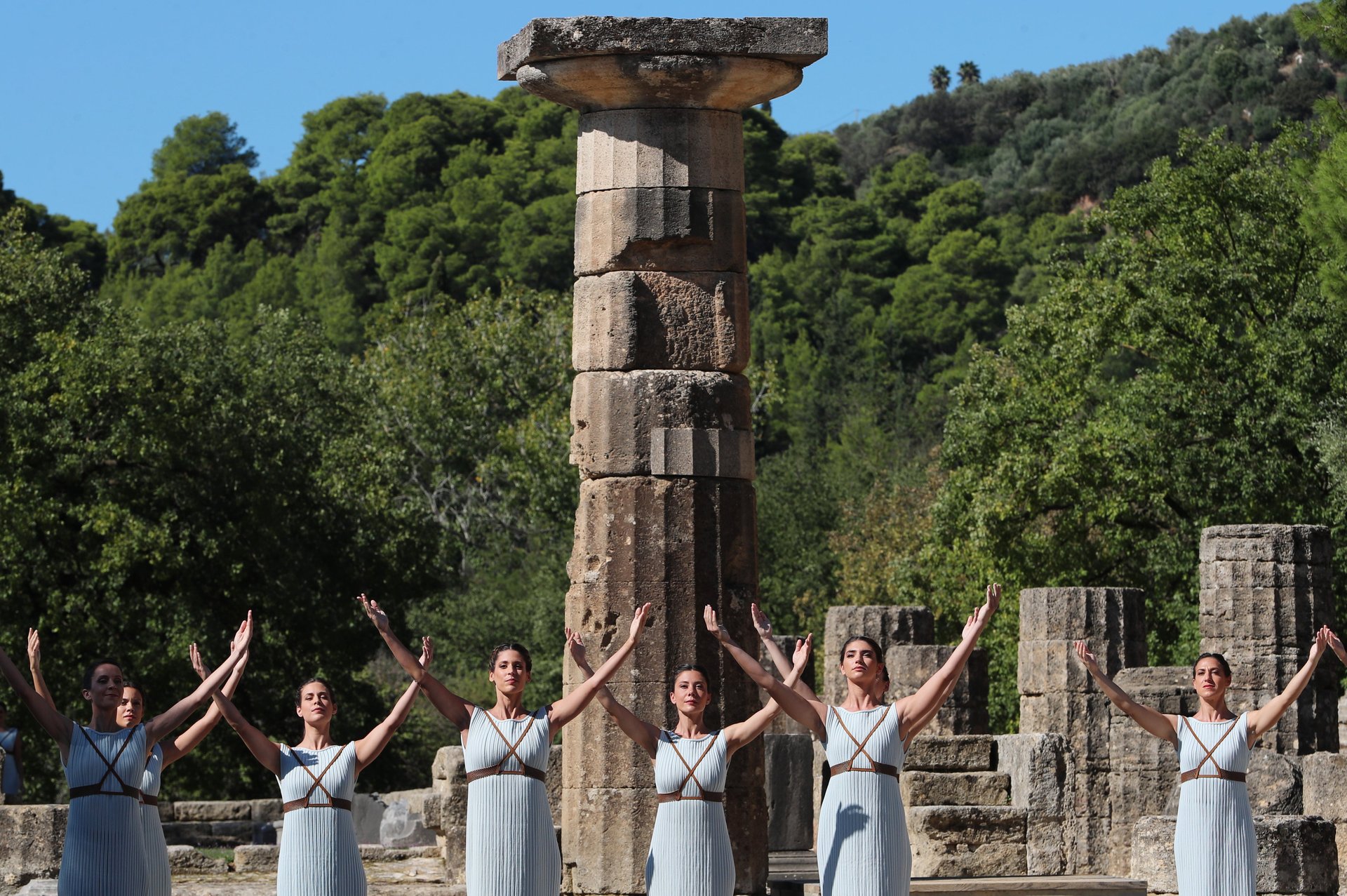
Which ancient civilization used to call aloe vera “the plant of immortality”?
A. Ancient Egypt
B. Sumer
C. China
D. Ancient Greek
Answer at bottom.
Brief history
~3000 BC: The first references to aloe vera appear in Sumerian and Chinese writing (pdf).
~1500 BC: The Ebers papyrus, one of the world’s oldest known works focused on herbal health remedies, describes the use of aloe vera for medicinal purposes in Ancient Egypt (pdf).
~100 AD: The gospel of St. John mentions the body of Christ was wrapped in linen and a mixture of aloe and myrrh.
1492: Christopher Columbus records in his diaries each time he thinks he’s identified aloe plants in his journey to the Americas. He’s likely confusing it with agave, as aloe is not native to the Caribbean.
1655: John Goodyew’s translation of Dioscorides’ Medical treatise De Materia Medica is the first recorded English-language reference to aloe vera.
1980: The Maryland-based International Aloe Science Council is created to establish quality standards for the industry.
Fun fact!
Spotify users have created dozens of playlists titled “aloe vera.” And no, they aren’t all full of tunes from musicians that have named themselves—or their songs—after the juicy succulent. Not quite a genre, an aloe vera playlist is more of a vibe: chill grooves or summery tunes.
Take me down this 🐰 hole!
Google “aloe vera products” and most of the results lead to the same website, Forever Living Products, a company that claims to be the “world’s largest producer, manufacturer and distributor of aloe vera products worldwide.” Rex Maughan, who was the executive at an Arizona real estate developer that saw the potential of aloe vera products, started the company in 1978. He began selling them from his home to friends and relatives, planting the seeds of what was to become a sprawling multi-level marketing business boasting a presence in 160 countries that includes a wide range of wellness products. In 2002, Maughan was included in the Forbes 400 list of richest Americans. Forever Living remains one of Arizona’s largest private companies—as such, its finances are off limits to the public.
Multi-level marketing businesses are often organized around complex hierarchical and membership-based structures. At their core, they involve a sort of mothership company that sells products to a trader, who earns the difference between what it pays the company and what it sells, as well as a percentage of the sales other people they recruit to become traders make. The more a trader earns, the higher they move through the hierarchy, and the more they keep earning. It’s all legal—but the structure of the business often lends itself to comparisons with pyramid schemes. Such sticky comparisons, which the company rejects, have dogged Forever Living since, well, forever.
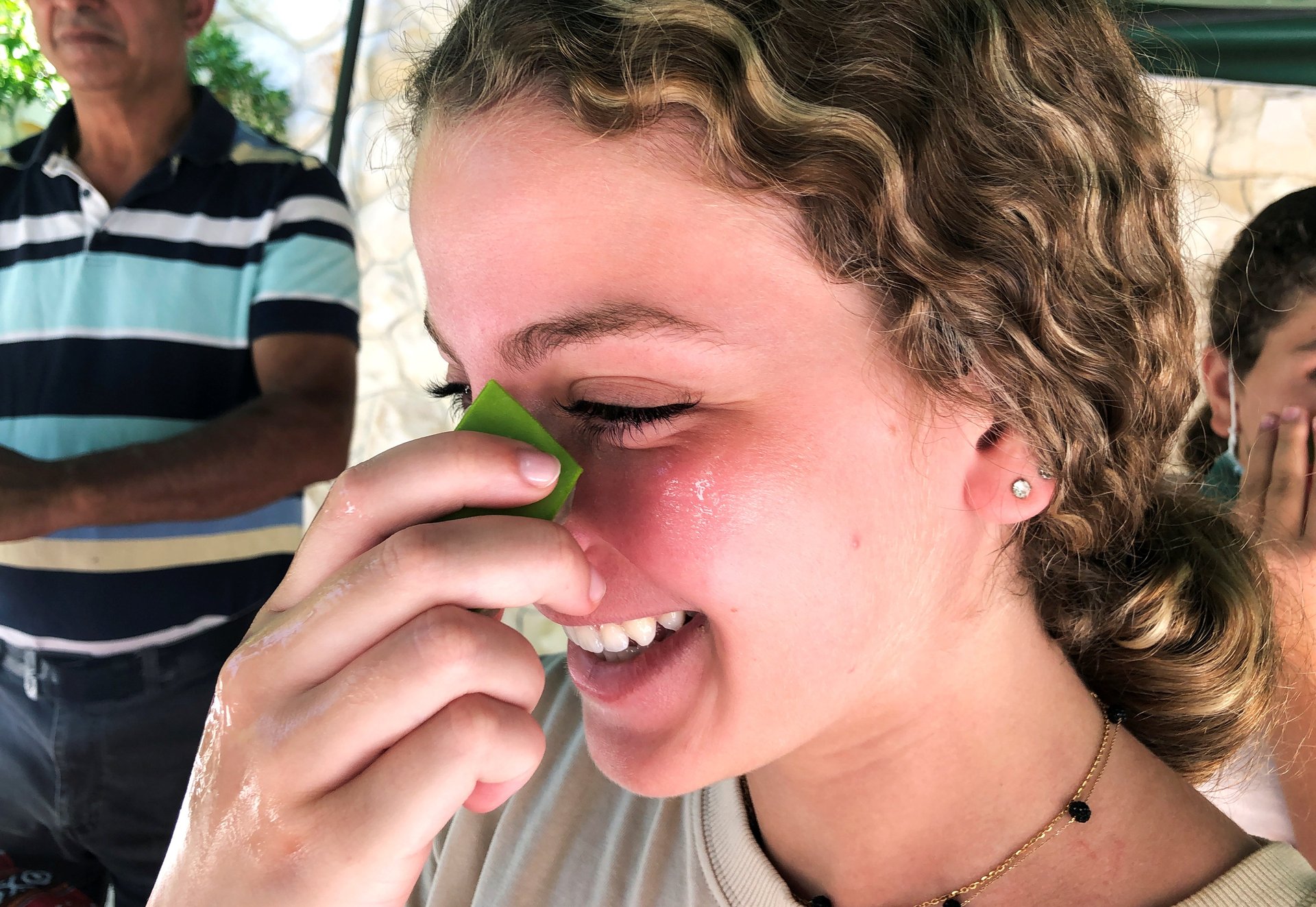
Poll
What’s your favorite aloe vera application?
💬 Let’s talk!
In last week’s poll about Patient Zero, 59% of you sad you would survive the 2018 zombie apocalypse movie Patient Zero by finding yourself a scrappy crew and duking it out with the undead. That’s impressive, considering a full 18% were willing to just join them—at least zombies don’t have to pay taxes.
Today’s email was written by Sofia Lotto Persio (blames it on the juice) and edited by Susan Howson (bitter but not shiny).
The correct answer to the quiz is A, Ancient Egypt. Among the Ancient Egyptians who enjoyed aloe vera was Cleopatra, who apparently included the plant’s gel in her beauty routine.